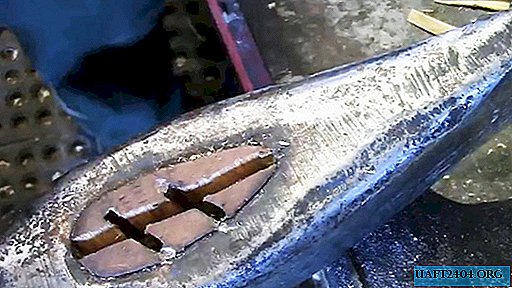Share
Pin
Tweet
Send
Share
Send

Time for snuds is in full swing. Snoods wear round scarves in any season, only the pattern and material from which it is made changes. Therefore, in the personal wardrobe, the proverb is quite applicable: there are no many snoods. Moreover, the models of these scarves are very diverse.

It’s still winter in the yard, and in the first weeks of spring we need warm wrapping scarves. And if you are fired up with the idea of a new snud, then inspect your pantry yarn for woolen or semi-woolen knitting threads.
By the way, at the expense of wool, which is used for factory threads. On the labels you can read a diverse assortment. Can all kinds of wool be sorted out? We will verify this at the end of the article. And for a snood we choose the light and pleasant to the touch Azalea yarn of the Troitsky factory 40% merino and 60% acrylic, section dyeing with a soft color transition in the spectrum of the sea wave.

A pipe scarf or a narrow snood is characterized by the fact that it does not need to be wound in layers, it is simply worn over the head and due to draping it looks like a magnificent and rather dense collar. It can also be worn on the head as a hood. A narrow snood should not be dense, it will be inconvenient, on the contrary, it is knitted with air, easily forming soft warm folds.
The width of the snout is selected in accordance with the collar zone, i.e. he should dress freely over his head, but at the same time cover his neck well. For the conceived pattern, the number of loops should be a multiple of 7. For yarn 270 m in 100 g, we use hook N 5.

We collect 68 loops, close them in a ring, add 2 loops for lifting. We knit two circles with single crochet, and then we perform knitting according to the scheme: * 5 tbsp. double crochet, 2 air loops *. When the circle is completely knit, in the second circle, the rapport should shift 2 loops to the left. Thus, a pattern with 2 air loops will spiral.
We continue knitting to a height of 45 rows. We complete the knitting with two rows of single crochet.
We make out the edge of the snud.

To do this, we use a simple technique of small air arches, which are performed in the form of cloves. The knitting pattern is as follows: the field of the final single crochet of the previous row, add 1 loop for lifting, then we knit * 4 air loops, we knit the last in the same loop of the base from which the arch was started, 3 single crochets *.


We tie both edges of the snout in a similar way. Your snud - the pipe is ready.

And now the promised explanations on the types of wool that are used in the manufacture of yarn.
Wool for spinning and making yarn for knitting is obtained from different animals: sheep, goats, rabbits, llamas, camels, dogs. To obtain the most high-quality, delicate, warm and beautiful wool, various breeds of these animals have been bred for centuries.
The most tender and noble yarn is cashmere, it is made from the undercoat of high-mountain Mongolian goats. Mohair is also wool from goats of the corresponding Angora breed. Sheep wool is traditional, sheared from the body of lambs and lamb, but merino wool is wool of a special merino breed of sheep, which is obtained from the withers of a lamb. Alpaca is the coat of a llama, an American relative of a camel, and angora is a combed undercoat of an Angora rabbit breed.
In addition to these, the most traditional types of yarn, yarn is also made from camel, yak, and also dogs of different long-haired breeds. Each type of wool has special heat-saving qualities and practicality in the product, therefore, each needlewoman needs to choose yarn for work in accordance with her preferences.
Share
Pin
Tweet
Send
Share
Send











